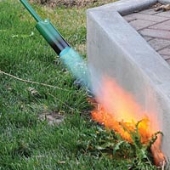Yes, you only need the fancy curing salts if you are doing non whole muscle (using ground meats). My understanding is this is as the dangerous bacteria need an air free environment to work with. I never really understood that, as there are definitely places in whole muscle meats that end up being pretty far from the air, but even the most careful people say this.
As for the the eating. It pretty much just does not make sense to cure for longevity any longer. A chest freezer is VERY energy efficient, the salt will cost more.
I just make lunch meat style parma hams and beef "parma hams". I only cook with it as a flavor additive, and mostly eat it as sandwiches, or on crackers or nachos.
This is the main resource I used:
https://publications.ca.uky.edu/files/ASC213.pdf
Like previously mentioned the standard recipe is
8 salt to 2 sugar for 100 meat, and a minimum of 18% water weight loss. (I have always assumed you ignore the salt weight, so that actually translates into a 28ish% weight loss)
This 8+2 is pretty much the maximum a ham will absorb with a surface rub. You cannot get much more.
But they say that you only technically need a 4% salt concentration. But it is worth noting that the hams will get pretty moldy if you have much less salt, which might turn off some people. I am just very worried I will screw something up and ruin a lot of time and meat so always go with the full treatment.
I personally do the entire process in a fridge.







